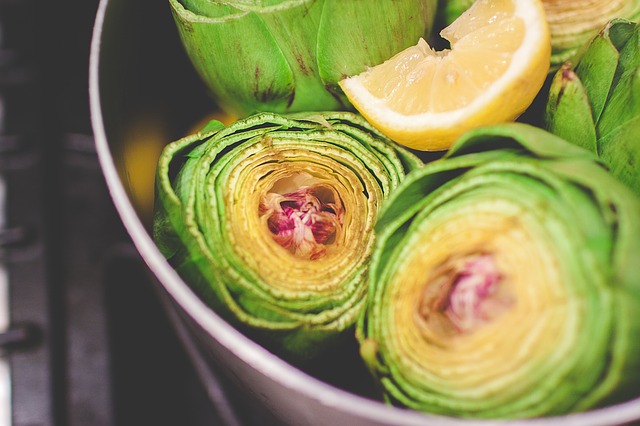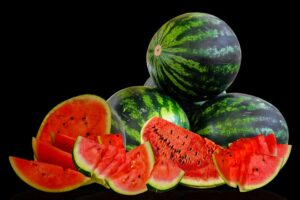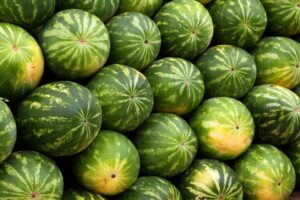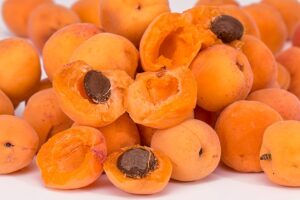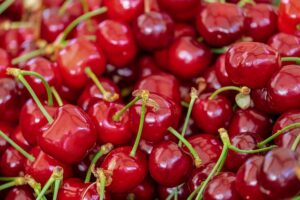Introduction
Carbohydrates are one of the essential macronutrients that provide energy for our bodies. They are made up of smaller units called monomers, which combine to form larger carbohydrate molecules. In this article, we will explore the monomers of carbohydrates and understand their structure and function.
Monomers of Carbohydrates
Carbohydrates are composed of carbon, hydrogen, and oxygen atoms. The monomers of carbohydrates are called monosaccharides, which are simple sugars. Monosaccharides are classified based on the number of carbon atoms they contain, typically ranging from three to seven.
The most well-known monosaccharide is glucose, which has six carbon atoms and is the primary source of energy for our bodies. Other common monosaccharides include fructose, galactose, ribose, and deoxyribose. These monosaccharides differ in their arrangement of atoms, giving them distinct properties and functions.
Structure of Monosaccharides
Monosaccharides have a basic structure of a carbon chain with hydroxyl groups (-OH) attached to each carbon atom, except for one carbon, which has a double-bonded oxygen atom (C=O). This carbon is known as the carbonyl carbon. Depending on the position of the carbonyl group, monosaccharides are classified as either aldoses or ketoses.
Aldoses have the carbonyl group at the end of the carbon chain, while ketoses have it in the middle. Glucose, an aldose, has the carbonyl group at the first carbon, while fructose, a ketose, has it at the second carbon. This difference in carbonyl group position leads to variations in their chemical properties and biological functions.
Function of Monosaccharides
Monosaccharides serve various functions in living organisms. Glucose, as mentioned earlier, is a crucial source of energy. It is broken down during cellular respiration to produce ATP, the energy currency of cells. Fructose is commonly found in fruits and is metabolized in the liver. Galactose, on the other hand, is found in milk and is converted to glucose for energy.
Monosaccharides also play a role in the structure of larger carbohydrate molecules. For example, ribose and deoxyribose are components of RNA and DNA, respectively. These monosaccharides are essential for the genetic information storage and transmission in cells.
Conclusion
In conclusion, the monomers of carbohydrates are monosaccharides, which are simple sugars. Glucose, fructose, galactose, ribose, and deoxyribose are examples of monosaccharides. They have a basic structure of a carbon chain with hydroxyl groups and a carbonyl group. Monosaccharides serve as a source of energy and contribute to the structure of larger carbohydrate molecules.
References
– National Center for Biotechnology Information. (n.d.). Carbohydrates. Retrieved from ncbi.nlm.nih.gov
– Berg, J. M., Tymoczko, J. L., & Gatto, G. J. (2015). Carbohydrates. In Biochemistry (8th edition). Retrieved from ncbi.nlm.nih.gov
– Nelson, D. L., Cox, M. M. (2008). Lehninger Principles of Biochemistry (5th edition). Retrieved from ncbi.nlm.nih.gov

